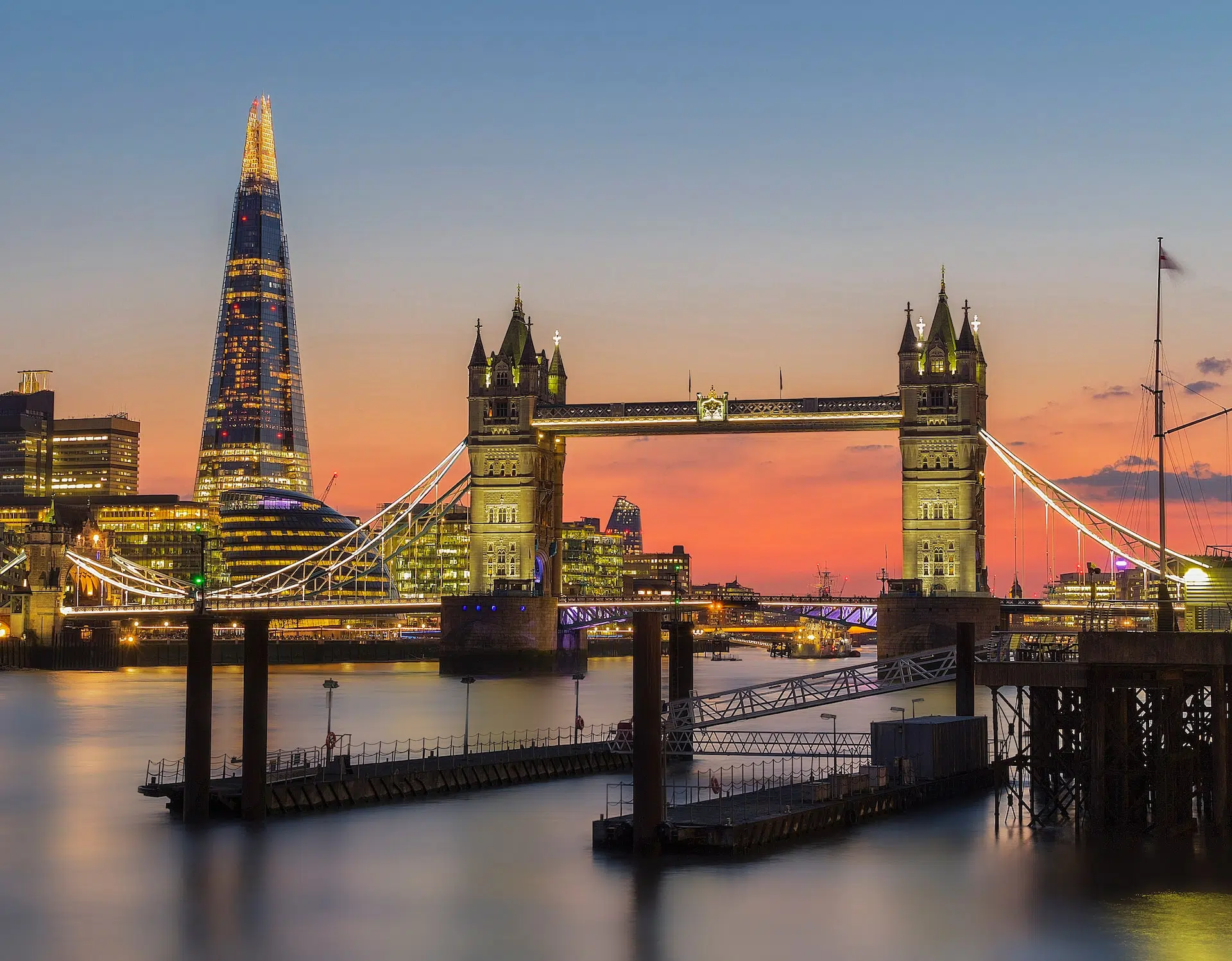
How to Get Around in England by Train, Plane, Bus or Car
Over 100+ hours of expert travel research on England, now presented to you in a short and easily digestible format for Free. Bookmark and save this page for future reference and updates.
Getting Around England
-
🚆
Most popular: The train network in England is extensive and connects all major cities and towns. Services like Virgin Trains, Great Western Railway, and Northern Rail offer frequent routes between key destinations like London, Manchester, Birmingham, and Bristol.
-
💰
Cost-effective: Coaches are a budget-friendly alternative to trains. Companies like National Express and Megabus provide long-distance services that are often cheaper than trains, though slower.
-
⏱️
Time-efficient: For the fastest travel between major cities, consider domestic flights, especially for routes like London to Newcastle or Edinburgh.
-
🚌
Local transport: Buses are widely used for local travel. Cities like London, Manchester, and Birmingham have comprehensive bus networks that are efficient and cost-effective.
-
🚲
Cycling: Cycling is encouraged, especially in cities with bike-share schemes like London’s Santander Cycles, and dedicated cycling lanes.
-
⚠️
Warning: Always be mindful of the weather conditions, as they can significantly affect travel, especially in winter.
🚗 Car
- In England, you drive on the left-hand side of the road.
- Renting a car can provide flexibility for exploring rural areas and smaller towns not well-served by public transport.
- The legal BAC limit is 0.08% in England, but lower limits apply in Scotland.
- Speed limits are typically 30 mph in urban areas, 60 mph on single carriageways, and 70 mph on motorways and dual carriageways.
- Use of seat belts is mandatory for all passengers, and using mobile phones while driving is prohibited unless using a hands-free system.
🚕 Taxi
- Black cabs in London and taxis in other cities are reliable and can be hailed on the street or booked via phone or apps.
- Ride-hailing services like Uber are available in major cities and are often a convenient option for travelers.
🚌 Bus
- Local bus services cover virtually every area, and Oyster cards in London or contactless payments make it easy to hop on and off.
- Bus travel is especially economical with day passes or travel cards that offer unlimited travel for a set price.
🚇 Metro and Trains
- The London Underground is a vast network that services the capital, while other cities like Newcastle have their own metro systems.
- Trains are a preferred method for inter-city travel, with services linking every major city. Railcards can offer significant savings for frequent travelers and certain demographics like seniors, students, and families.
Transport Tips for England
-
🚜
Rural Transport: Smaller villages and rural areas might have infrequent public transport services. Planning ahead is crucial.
-
🛣️
Toll Roads: There are a few toll roads and bridges, notably the M6 Toll in the Midlands. Have change or a payment method ready.
-
🚓
Traffic Law Compliance: Be aware of local traffic laws including speed limits and no-parking zones to avoid fines.
-
🚫
Vehicle Restrictions: Some urban areas have low emission zones where older or more polluting vehicles are charged a fee to enter.
-
✈️
Air Travel: For the fastest travel between distant cities or to the continent, consider using domestic flights from regional airports.
-
🏍
Mopeds and Scooters: These are popular in cities for quick trips and easier parking, but ensure you have the appropriate license and wear a helmet.
-
🚶♂️
Walking: Cities and towns are generally very walkable, and exploring on foot can reveal hidden gems not accessible by car or public transport.